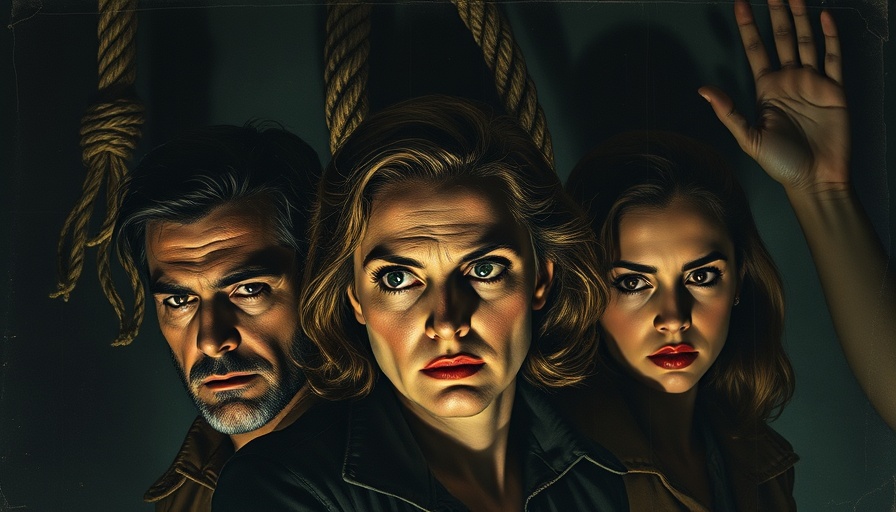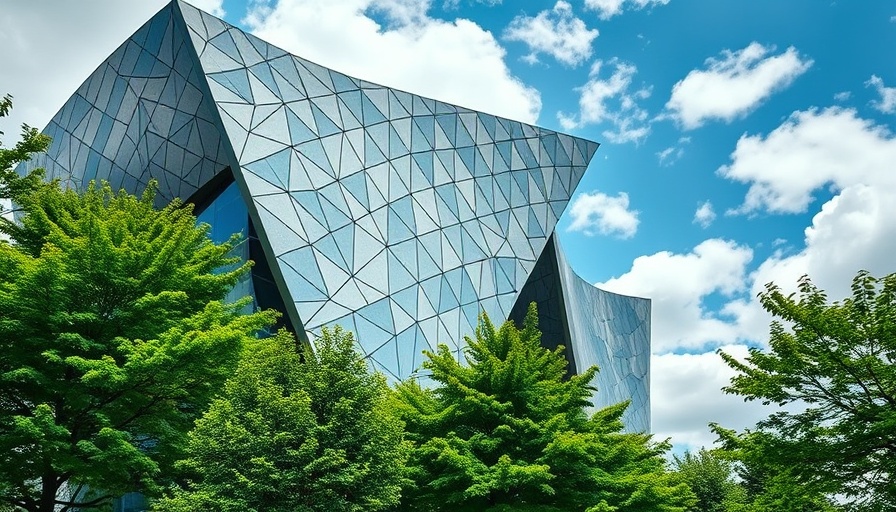
City Pools Open Up to Smartwatches: What You Need to Know
In a surprising yet welcome move, the New York City Parks Department has relaxed its previous ban on smartwatches in city pools, allowing swimmers to wear them as long as the devices are camera-free. This decision marks a significant change for swimming enthusiasts who utilize these gadgets to monitor their performance metrics.
Rules That Remain in Effect
While the smartwatch policy may seem lenient, other existing rules for public pool usage remain firmly in place. Swimmers must wear only white t-shirts; brightly colored or cut-off shorts are prohibited, ensuring that attire aligns with the family-friendly atmosphere of city pools. Additionally, swimmers must shower before entering the water, and the pools still close for an hour each day for cleaning.
The Bigger Picture: Technology in Recreation
This shift toward allowing smartwatches comes amid a broader trend of integrating technology into recreational activities. As smartwatches continue to gain popularity among both casual and dedicated athletes, their use in environments like public pools demonstrates a growing acceptance of digital devices in social and fitness settings. This change could potentially lead to more advancements in how technology interacts with health and wellness, especially in public spaces where rules have historically been strict.
Why This Matters to Swimmers
For many swimmers, having access to data during their workouts is crucial—offering insights into performance, heart rate, and lap counts. With this policy adjustment, NYC is not just promoting swimming but also encouraging people to engage in healthier lifestyles by embracing technology. This could mean a more informed public, enhancing the experience and effectiveness of swimming as an excellent form of exercise.
This decision to relax the ban could be just the tip of the iceberg, as other city regulations might soon follow suit, creating a more favorable environment for fitness enthusiasts looking to enhance their workout experience. Stay tuned for possible developments on this technology-friendly approach in public health facilities.
 Add Row
Add Row  Add Element
Add Element 



Write A Comment